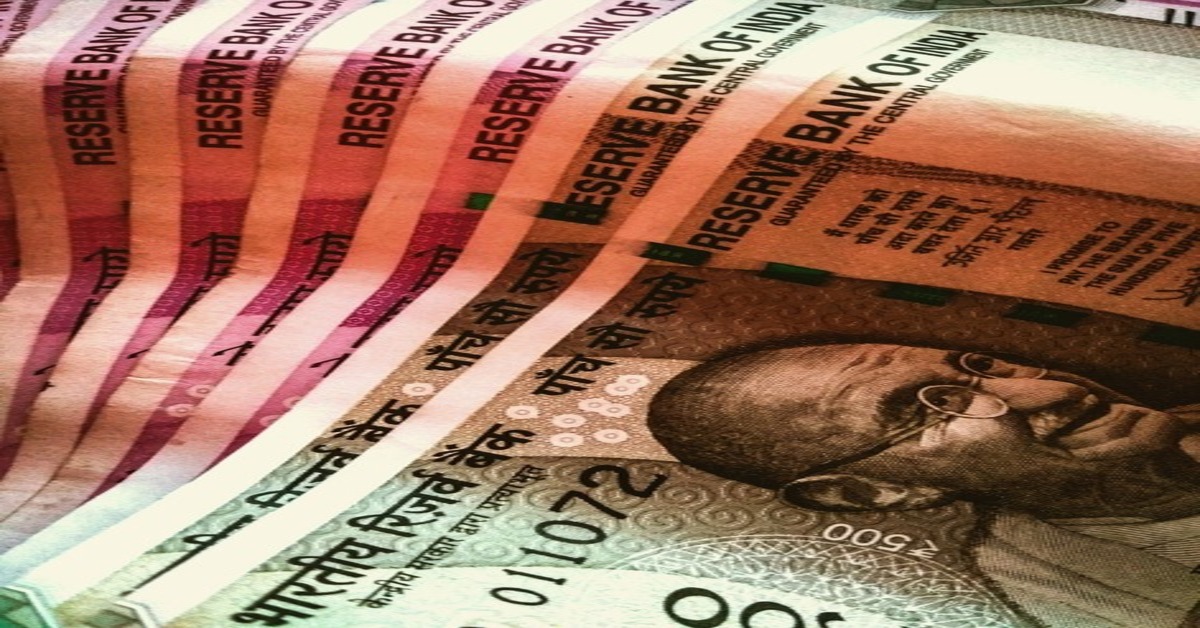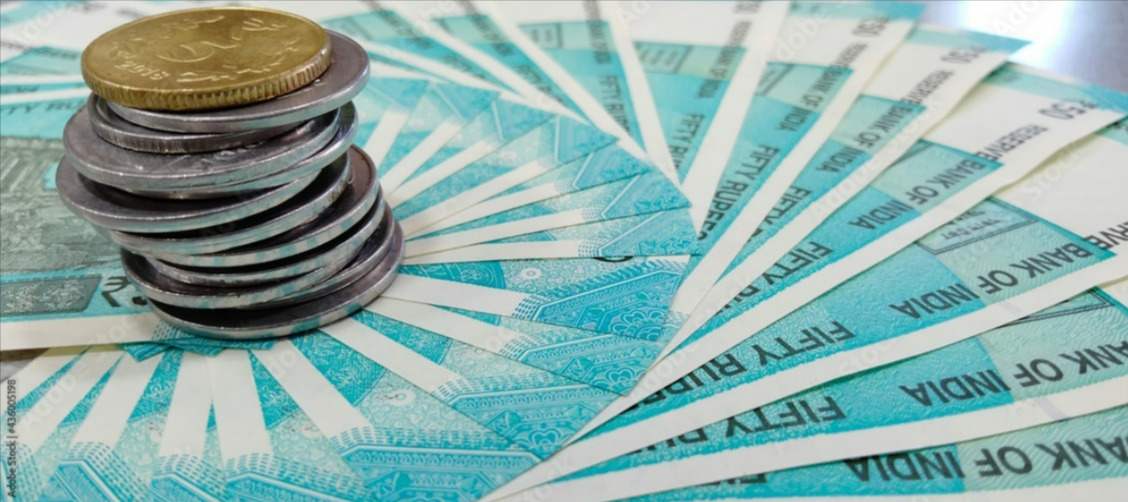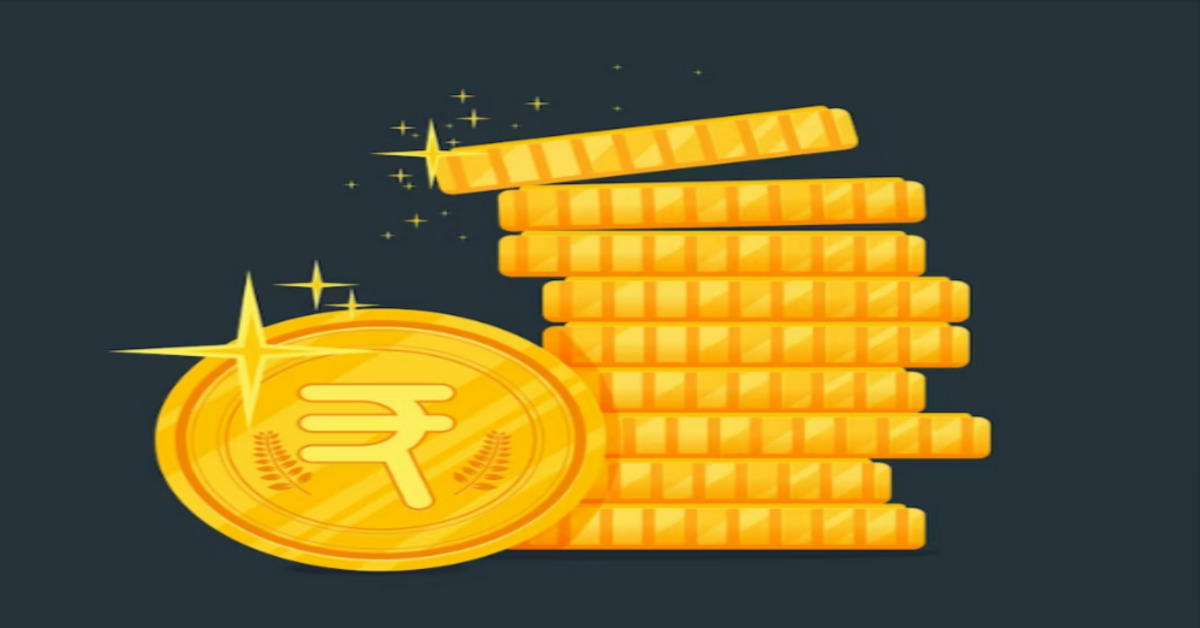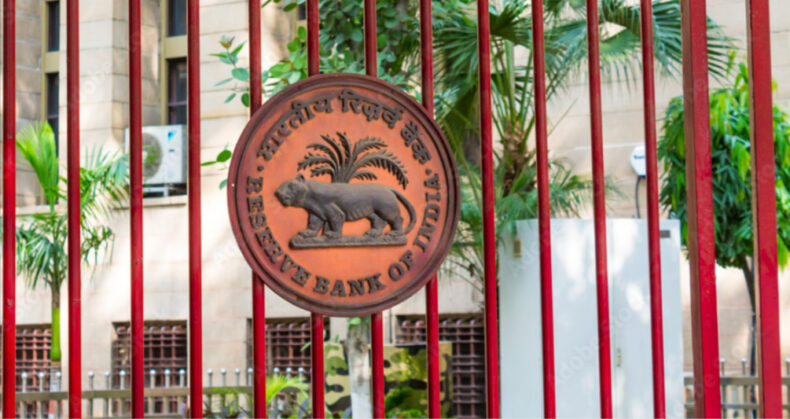
In a big understanding, the RBI dividends i.e. the dividends the RBI pay to the government could double, which could provide a significant boost to close the country’s fiscal gap. The move comes at a critical time for the Indian economy to cope with the challenges posed by the ongoing COVID-19 pandemic. The increase in revenue from the central bank can play an important role in resolving the fiscal deficit, helping the government support the economy, and stimulating growth.
Table of Contents
Introduction:
The Reserve Bank of India, as the country’s central bank, plays an important role in regulating India’s monetary policy. It is also responsible for ensuring price stability and maintaining the overall health of the economy. As part of its functions, the RBI generates revenue through a variety of activities, including regulating foreign exchange, operating open markets, and regulating Financial markets.
Normally, the RBI transfers some of its income to the government in the form of dividends. This revenue adds to government revenue and can be used to finance a number of initiatives, including investments in healthcare, infrastructure, and key sectors of the economy. With the dividend to be doubled, the RBI aims to strengthen the government’s finances by allowing it to allocate more resources to economic measures.

Factors Driving Increased Dividends: Strengthened RBI and Fiscal Support:
The decision to increase the dividend depends on many factors.
First, the RBI’s financial position has strengthened its monetary policy and efforts to maintain financial stability. Despite fighting the epidemic, the central bank managed to control inflation and increase profitability by ensuring the stability of the banking sector. Therefore, the RBI is well-positioned to provide higher dividends to the government.
Second, increased dividends can help the government deal with budget deficits. The pandemic has put enormous strain on the government’s finances, with rising healthcare costs and insufficient revenue requiring financial support. The additional allocation from the RBI will provide a timely injection to help the government meet its spending needs and prevent excessive borrowing.

Business analysts from Bloomberg estimate the dividend will be between Rs 525 billion and 1.65 trillion. The highest estimate was the central bank’s record $1.23 trillion in dividend payments in 2018-19.
Bank of India, which sold $4 billion in the 11 months to February, has launched a major sales move that could have a financial impact in recent years. This compares to $96.7 billion in revenue for the full 2021-2022 fiscal year.
According to Gaura Sen Gupta, an economist at IDFC First Bank, RBI can buy bonds at Rs 62.7 per dollar and sell them at Rs 81-82 in the last financial year and exchange Rs 69,000 crore.
She said that since the central bank balance sheet is in rupees, the dollar rate, which provides a revaluation increase, can also be used to support the change.
According to Arora, RBI’s balance sheet will have increased by approximately 2% in the last fiscal year, the slowest growth since the demonetization study in 2016-17, compared to last year’s 9% expansion in deep intelligence. This is because its ability to perform well in the body reduces the need to buy bonds from the market.
RBI Dividends Increase: Positive Impact on Indian Economy:
RBI’s decision to increase its dividend could have a positive impact on the entire Indian economy. The money transferred to the government fund will be used to support infrastructure development, support job creation and support key areas such as health, education, and agriculture. These measures, in turn, can stimulate economic growth, attract investment and improve the country’s economy as a whole.
Striking Balance: RBI’s Increased Dividends, and Financial Stability:
However, a balance must be struck between increasing the dividend and ensuring the financial stability of the RBI. Central banks must maintain sufficient reserves to create capital, support their operations and deal with all risks in the financial system. While higher dividends may provide short-term relief for the Modi government, the long-term health of central banks is important.
In addition to the emphasis on sound resource allocation and financial management, RBI’s dividend should be doubled. The state should use these resources effectively by focusing on projects that will affect the economy in the long run. Prioritizing infrastructure projects, promoting entrepreneurship and innovation, investing in human capital, and creating a conducive business environment to attract local and foreign capital are ways to achieve this goal.
The Modi government will benefit significantly from an estimated doubling of RBI’s output by closing India’s budget deficit. The RBI can help the government formulate economic policies through transmission and stimulate growth through further monetary stimulus. To make the most of the dividends coming from the Indian economy, the RBI and the government need to be vigilant and make sure the dividends are well spent.
Conclusion:
In conclusion, the possibility of the Modi government doubling the RBI dividends has a significant impact on India’s balance sheet and financial recovery. Increased spending can increase demand for government revenues, allowing the government to address fiscal deficits and allocate resources to important projects and programs.
However, it is important to maintain a balance between dividends and the financial stability of the RBI.
By using this opportunity effectively, the government can advance its economic and development agenda ultimately benefitting the Indian economy and citizens.













